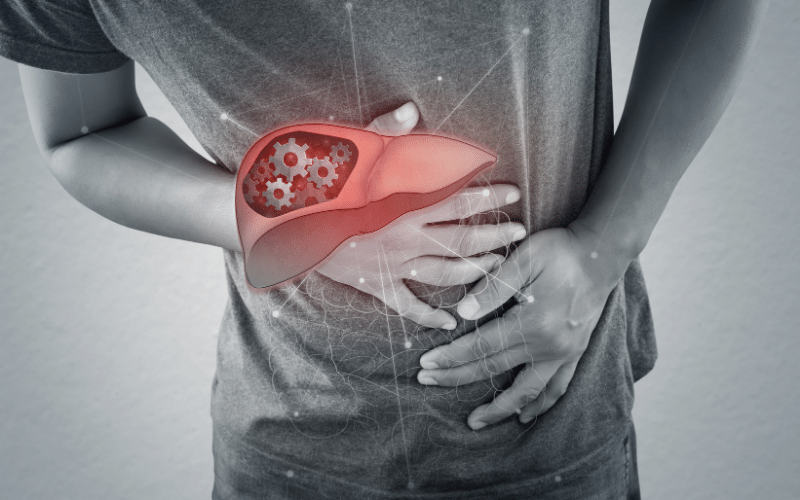Introduction: The Silent Decline of Liver Health
In our modern age of fast-paced lives, quick fixes, and the hustle and bustle of everyday responsibilities, it’s alarmingly easy to neglect the subtle signs our bodies send us. We’re often so wrapped up in meeting deadlines, managing family life, or juggling personal commitments that we might overlook something as crucial as our liver health. Still, such neglect can come at a perilous cost.

The liver, a powerhouse organ, undertakes more than 500 essential tasks that keep our bodies ticking. From breaking down harmful substances to producing vital proteins, it’s constantly at work, ensuring our systems run smoothly. However, this diligent worker can sometimes falter, especially when under siege from toxins, infections, or certain medications. When this happens, the liver can rapidly deteriorate, leading to a condition known as acute liver failure.
While chronic liver conditions develop over years, acute liver failure can occur swiftly, sometimes in as little as 48 hours. This rapid onset makes it imperative for everyone to recognize the early signs, ensuring timely intervention. Yet, the symptoms often masquerade as common ailments, leading many to brush them off as mere inconveniences. But make no mistake: spotting these signs early can mean the difference between life and death.
To underscore the gravity of this issue, let’s deep dive into the ten unmistakable symptoms of acute liver failure. With knowledge as our weapon, we can arm ourselves against this silent threat, ensuring we never underestimate the vital signs our liver communicates.
Symptom 1: Jaundice

Jaundice is undeniably one of the most recognizable symptoms linked to liver issues. As its name suggests, the condition causes a marked yellowing of the skin and eyes. The discoloration isn’t merely cosmetic—it points directly to the liver’s decreased capability to process bilirubin. As old red blood cells break down, they release this yellow pigment. In healthy individuals, the liver manages bilirubin efficiently, ensuring it doesn’t linger in the bloodstream. Yet, when the liver’s health is on the decline, this vital process gets disrupted.
Bilirubin, when not adequately processed, starts accumulating, leading to hyperbilirubinemia. This overflow isn’t just restricted to the bloodstream. It seeps into surrounding tissues, leading to the characteristic yellow hue seen in jaundiced individuals. Furthermore, the sclera (the white part of the eyes) is especially sensitive to increased bilirubin levels, making it an early indicator of the condition.
Beyond the evident discoloration, jaundice can manifest in other ways. One lesser-known but equally distressing symptom is itching or pruritus. This itching, often severe, arises due to bile salts accumulating in the skin. Bile salts, when in excess, can irritate the skin, leading to persistent itchiness. For many, this becomes an added burden, compounding the distress caused by the visible yellowing.
Detecting jaundice in its nascent stages is paramount. This symptom, though overt, can often be brushed off as fatigue or even mistaken for a tan. However, understanding the gravity of jaundice can prompt timely medical intervention. A simple blood test can measure bilirubin levels, offering clarity on the liver’s functioning. With jaundice being a potential precursor to conditions like acute liver failure, immediate attention can make all the difference. (1)